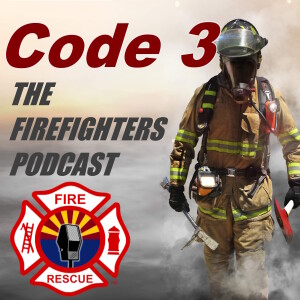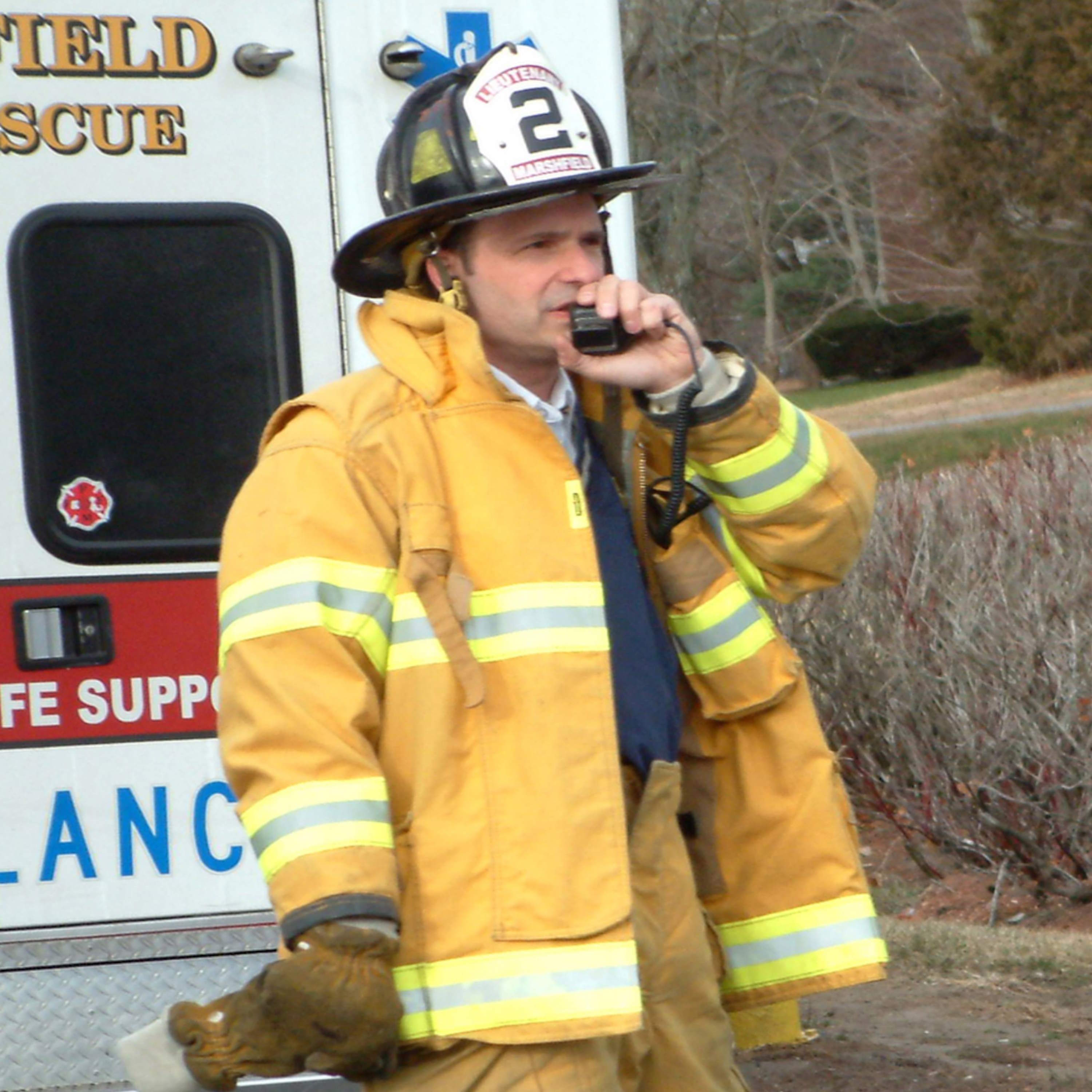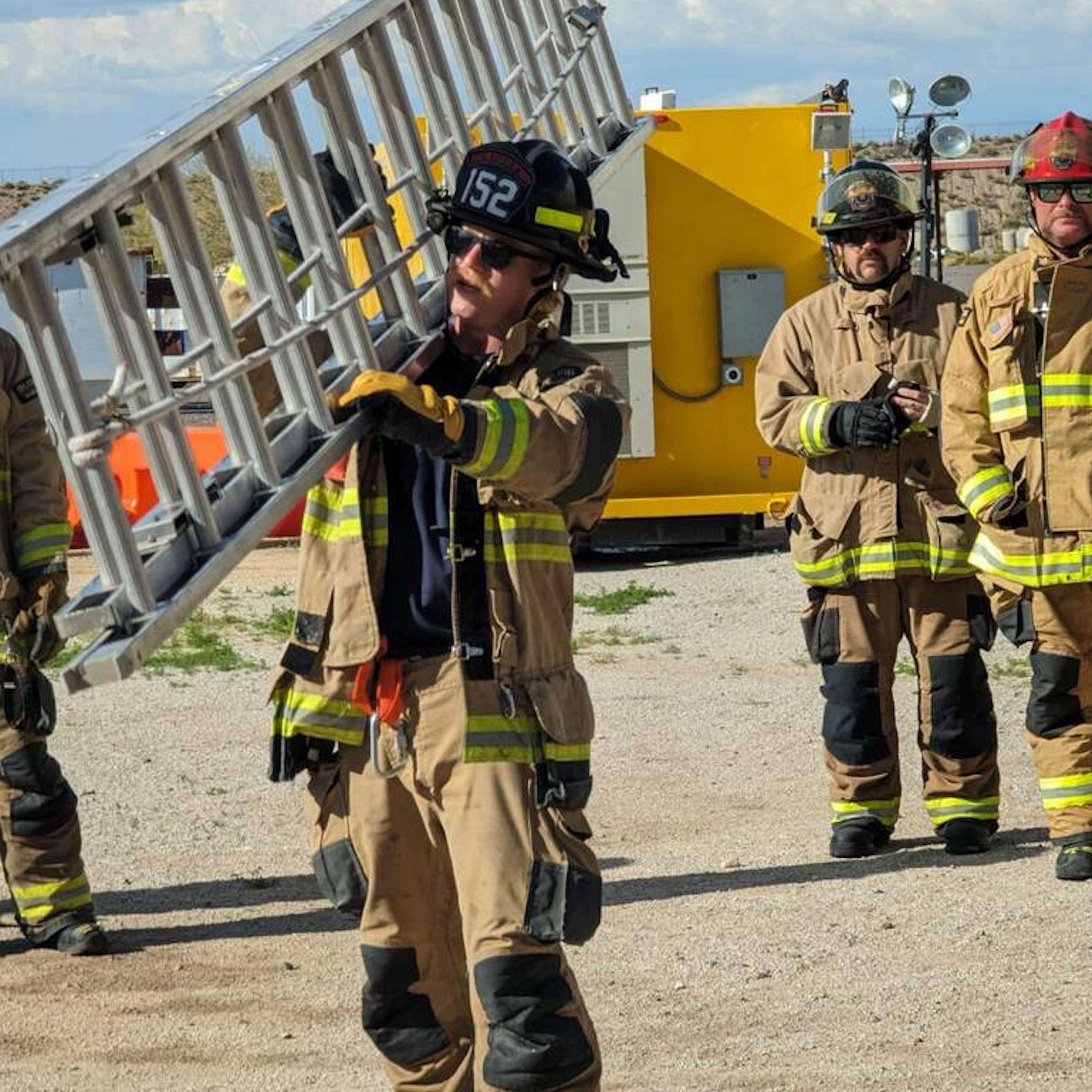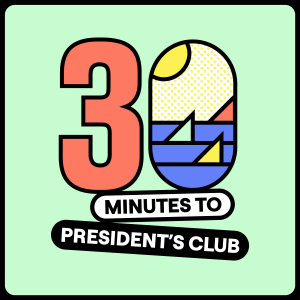

Code 3 - The Firefighters Podcast
https://feeds.captivate.fm/code-3-firefighter-show/Episode List

Choosing an IC on a Volunteer Response with Richard Ray
If you’re a member of a volunteer department, you’ve probably run into the problem of Incident Command.The issue is, who’s going to be the IC on a given fireground.Now, if your volunteer department is lucky enough to have career firefighters showing up to calls with you, the problem’s not so bad. Odds are, that career firefighter is going to be the one who takes command of the scene.But what if the response is all-volunteer? Who takes command then?That’s the question we’re going to examine on this edition of Code 3.My guest today is Richard Ray. He’s got over 30 years in the fire service. He’s both a firefighter with the Creedmoor, North Carolina Volunteer Fire Department. His full-time job is battalion chief with the Durham, North Carolina Fire Department. He instructs on a national level as well.

End of the Road for a Fire Chief with Scott Freitag
This edition of Code 3 is a little different than most.It’s about a Fire Chief who lost his job after he incurred the wrath of the UnionLocal’s officials and, ultimately, the IAFF. Scott Freitag was the chief of the Central Arizona Fire and Medical Authority, orCAFMA. The agency was created under Scott’s leadership when two fire districts combined undera JMA to form CAFMA in 2015.CAFMA covers 365 square miles of territory of Yavapai County, Arizona. And it servesabout 100,000 residents from 12 stations.One day in August 2024, a press release showed up in email inboxes saying that theIAFF had censured Scott Freitag by a vote of 2,520 to 0. Iwas pretty startled to get this news because I know Scott Freitag to be anhonest, decent Fire Chief who was genuinely concerned about the welfare of hisfirefighters.As you’ll hear, the no-confidence vote led to Scott’s firing after 11 years asFire Chief in September 2024.How this all went down depends on whose story you believe. It may well have hadlittle to do with firefighting and much more to do with politics and a healthplan.

Fighting Fires Inside the Box with Eric Wahlberg
Are you tired of being told to “think outside the box?”Well, if you are, I have good news: today’s show is about thinking inside thebox. It'about looking at structures as a series of boxes, determining which box has theactive fire in it, and how to attack that fire. Boxes determine flow path inlarge modern residential structures.It’s an interesting idea, and it was developed for the Plano, Texas fire departmentby Eric Wahlberg, a 30-year veteran of Fire/Rescue and an assistantchief. He is also a Master Firefighter with the state of Texas.

The Art of Throwing Ladders with Kevin Weis
One of the first tools you were taught about when you started this job is the basic groundladder.Once you learned how to throw one, it was no big deal, right? The longer the ladder, the more firefighters get to carry it. Except…What if there’s not enough people on the fireground to do that?You might be surprised to find that the 24-foot extension ladder can safely be carried and placed by just one firefighter. Now, a lot of understaffed fire departments, especially volunteers, already know this. But if you started at a fully-staffed department, you may not have had to throw a ladder this size alone.Today’s guest runs seminars on the use of ground ladders, and this is one of his favorite topics.Kevin Weis started his career in the fire service in 2012 as a volunteer firefighter in Coldwater, Ohio. He’s been on the career side since 2014, starting in Defiance, Ohio. In 2020, he moved to the Glendale, Arizona Fire Department. Kevin’s currentlya firefighter/ paramedic and specializes in TRT & Haz Mat. He’s also been afire inspector. He teachesseveral hands-on-subjects, including searchtactics, forcible entry, hose line management, and of course, ground ladders.

Community Risk Reduction: Part of the Job with Chad Costa
One of the least exciting jobs for a firefighter is the dreaded Community Risk Reduction assignment.In an urban environment, CRR may mean doing a meeting with the people you serve. Or maybe you’re changing smoke alarm batteries.Either of those—not exciting, but not so much work, either.But if your department covers urban and rural areas, where you could be tasked to fight a brush fire, well, now you may have to do some physical labor ... plus those meetings.Not all, or even many, departments have dedicated crews to community risk reduction. Often, CRR is one person, whose job may include other responsibilities.Today, I’m talking with one of our favorite guests, Chad Costa, about what CRR can do for your community…and what you can get out of it, too.Chad is assistant fire chief for the Petaluma, California, fire department. He has over 25 years on the job.
You may also like
Create Your Podcast In Minutes
- Full-featured podcast site
- Unlimited storage and bandwidth
- Comprehensive podcast stats
- Distribute to Apple Podcasts, Spotify, and more
- Make money with your podcast












